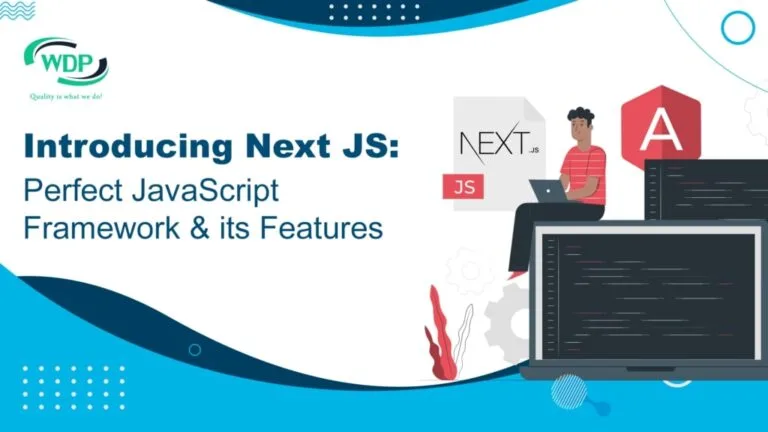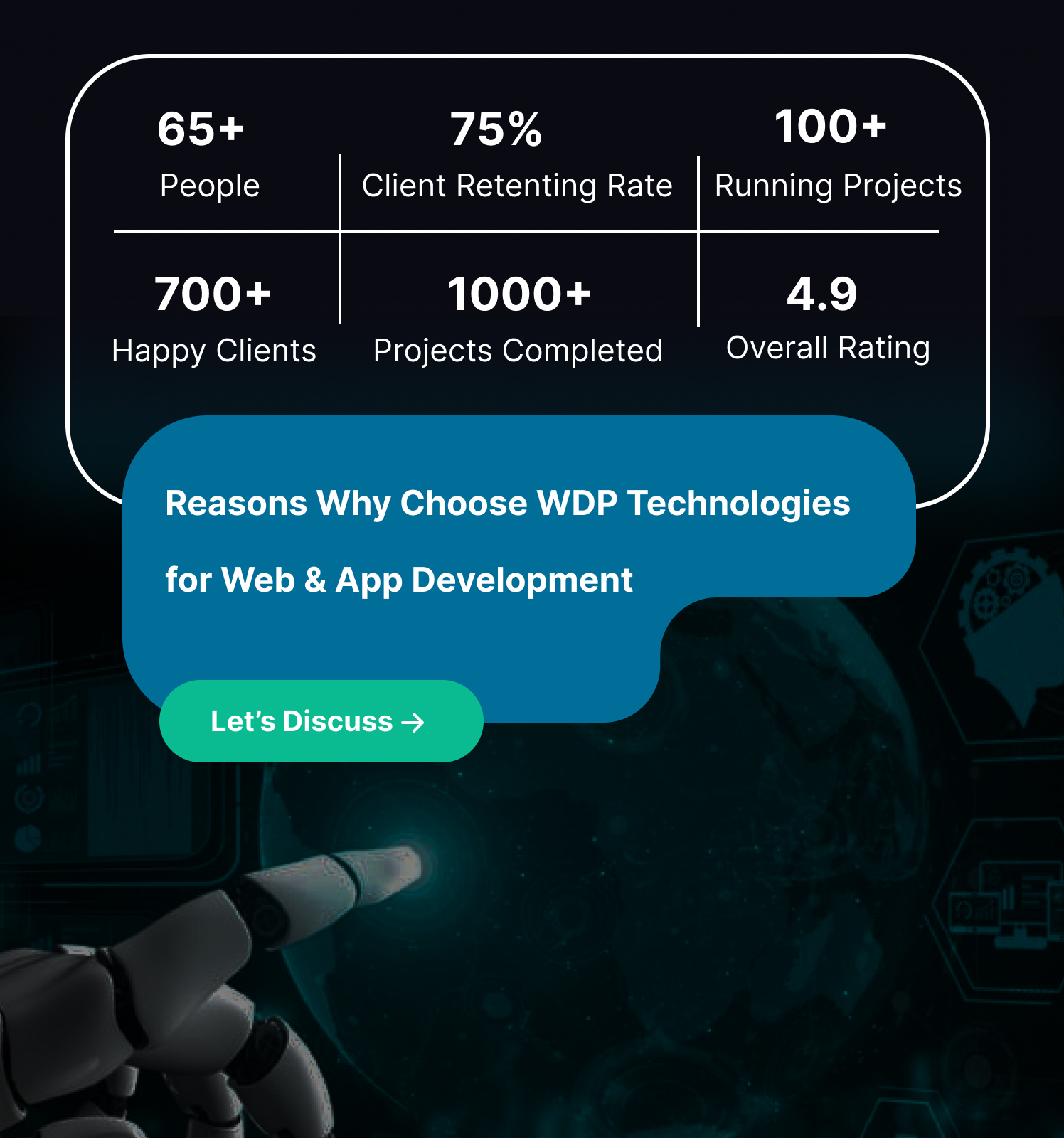Working on JavaScript combined with React is a very challenging task. You have to handle many issues like client-side rendering, code-splitting, app performance, etc. Thankfully with the help of modern development technology we can come up with the solution to all these hassles like Next JS. Adding the Next JS framework to your project will help you to develop your applications successfully and improve the overall project performance. After knowing it can help in performance many of you must be thinking what is Next JS?
Using Next JS for your upcoming projects, organizations will get advantages to develop and deploy future-ready applications that your clients will love to interact with. The given article is all about What is Next JS and what is next js used for? It would be very interesting to know what makes this javascript platform so unique. You will get a detailed overview of Next JS, its uses, implementation, importance, and many more.
What is Next JS?
Next JS is a completely developed JavaScript UI system that allows you to make premium, easy-to-use user-friendly static sites and web applications development utilizing React. It completely takes care of configurations and tooling connected to React, additionally it offers necessary optimizations, features, and an architecture to support each development stage. Next JS allows you to develop intuitive products and solutions for all web browsers which run on Mac OS, Windows, Linux, iOS, and Android.
Next JS helps in building hybrid apps that have both statistically generated and server-side rendered pages. Simply it means that your pages would be responsive in each way as the structure pushes your application’s client-side to offer total intuitiveness and interoperability. A few well-known organizations like Hulu, Twitch, Uber, Netflix, and Nike likewise use Next JS to fabricate their effective applications.
Read More : React vs Angular
Key Features of The Next JS UI Framework
Image Component and Optimization
The image component is the extension of <img> tag in HTML. This element is designed to handle modern web development needs. It comprises a variety of inbuilt developments, for example, visual stability, asset flexibility, faster page loads, performance enhancement, etc. to assist you with accomplishing wanted Core Web Vitals.
Internationalized Routing
From v10.0.0, Next JS has focused on inbuilt help for internationalized routing(i18n). This help means supplementing existing i18n library solutions. You simply have to assign a list of regions, space-based districts, and the default area. Afterward, the structure will deal with all the directing necessities consequently.
Dedicated Analytics
This platform gives you complete access to view your genuine visitors and analyze the experience. It also helps you to gather information from the real devices that your visitors use. You get the actual working insight into the source code and pages that are contributing to the same. It helps in quick turning and repeating in workflow to improve the overall performance.
Zero-configuration
Next JS works with programmed packaging and gathering to make new applications through the create-next-app. This component is upgraded for creation from the outset to help Node JS 12.22.0 or later variants. It additionally offers total help for frameworks like macOS, Linux, and Windows (counting WSL).
Hybrid Data Fetching
According to your application’s utilization case, you can deliver your content in more ways than one with Next JS Server Side Rendering and Server Side Generation (SSG). You can likewise refresh or make content for a specific use case at runtime with the assistance of Incremental Static Regeneration (ISR).
Incremental Static Regeneration(ISR)
You can create or alter your static pages with this system. It allows your designers to utilize static age page-by-page with Incremental Static Regeneration and stay away from the intricacies of modifying the site. With this, you can accomplish high adaptability while holding the upsides of being static
TypeScript Support
The Next JS structure offers programmed TypeScript configuration and accumulation for APIs, Pages, and more. These inbuilt support features give a coordinated TypeScript experience to begin another version without any preparation or making changes to a current one. You get sufficient space to take advantage of custom compiler choices for the equivalent.
Fast Refresh
Any changes and alterations made to your React parts can be seen quickly with Fast Refresh. It is a default feature for all Next JS applications on 9.4 or the most recent version. With this, you get a life-altering experience and immediate criticism to keep your application ready to go as per the part state.
File-system Routing
The platform is driven by a document file system-based router that eliminates the need to design any URL for the end goal of directing. This switch advances programmed directing around pages. It changes over every part of the pages’ catalog into a course with an additional arrangement to characterize settled, record, and dynamic courses.
API Routes
One of the important Next JS features is an API route that helps you to develop seamlessly. Generally, it assists with making API endpoints that offer robust backend functions. It centers around the server side just packages without rolling out any improvements or expanding the size of your client-side packaging.
Built-in CSS Support
With this feature, you get devoted Syntactically Awesome Style Sheets (Sass) support. You can import CSS documents from a JavaScript record as Next JS expands the technique for importing past JavaScript. You can fabricate part-level styles with the CSS modules utilizing the document naming show – [name].module.CSS.
Code-splitting and Bundling
Next JS can possibly deliver pages with the required libraries according to the task necessities. It focuses on the production of various assets instead of a huge independent JavaScript record. Thus, at whatever point the page loads, you can see the necessary JavaScript page with it.
Read More: React vs Vue
Conclusion
Next.js is a React system that gives you building blocks to make web applications. By this framework, we mean Next.js handles the tooling and design required for React and gives extra construction, highlights, and enhancements for your application. This article was about the advancement of React JS. There are many benefits and features of using Next JS for your mobile application development.












